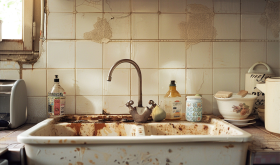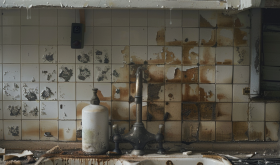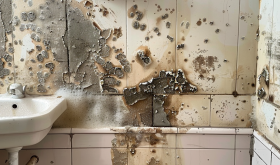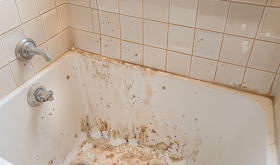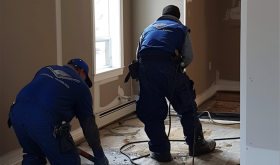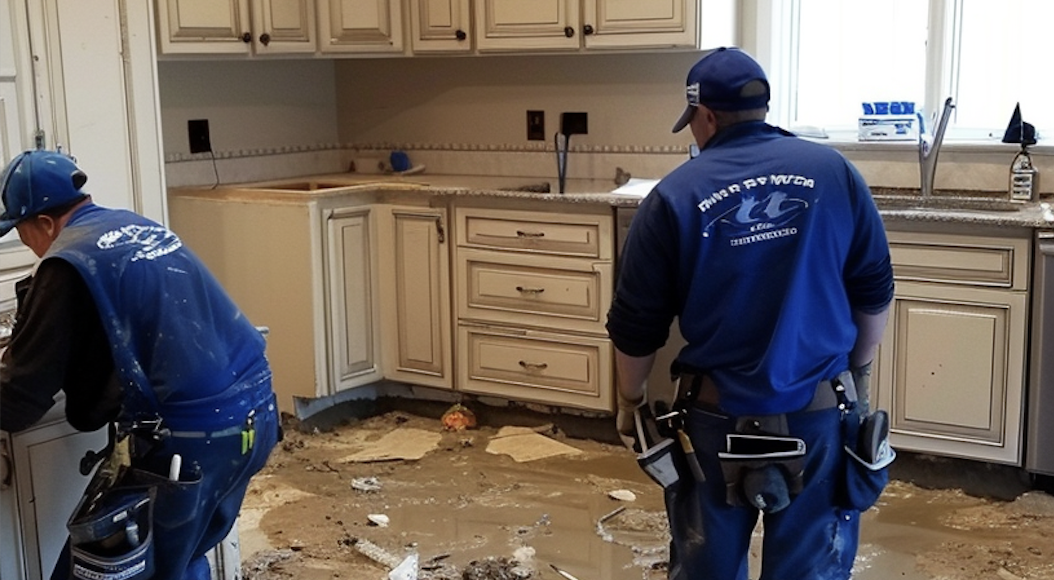
Water damage can be one of the most devastating and costly disasters a homeowner or business owner can face. Whether caused by a burst pipe, a leaky roof, or a flooding incident, water intrusion can wreak havoc on your property, leading to structural damage, mold growth, and even health hazards if not addressed promptly and properly. Fortunately, by following some essential tips and best practices, you can minimize the impact of water damage and ensure a successful restoration process.
Tip 1: Act Quickly Time is of the essence when dealing with water damage. The longer water sits, the more damage it can cause, and the higher the risk of mold growth and structural issues. As soon as you discover water damage, take immediate action to stop the source of the water intrusion and begin the drying process. This may involve turning off the main water supply, repairing a broken pipe, or addressing a leaky roof.
Tip 2: Safety First Before starting any water damage restoration efforts, ensure the safety of everyone on the premises. If the water damage involves contaminated water (such as sewage backup), evacuate the area immediately and seek professional assistance. Exposure to contaminated water can pose serious health risks, and attempting to clean it up without proper protective equipment and training can be hazardous.
Tip 3: Call in the Professionals While it may be tempting to handle water damage restoration yourself, it’s often best to seek the expertise of a professional water damage restoration company. These companies have the necessary equipment, training, and experience to effectively assess the situation, extract the water, dry the affected areas, and prevent secondary damage, such as mold growth.
Tip 4: Thorough Drying and Dehumidification One of the most critical aspects of water damage restoration is thorough drying and dehumidification. Professional restoration companies use specialized equipment, such as high-velocity air movers and dehumidifiers, to remove moisture from surfaces, walls, and other materials. This process is essential to prevent mold growth and structural damage.
Tip 5: Mold Remediation If mold growth has already occurred, it’s crucial to address it promptly. Mold can cause serious health issues and further damage to your property if left unchecked. Professional water damage restoration companies have the expertise and equipment to safely and effectively remediate mold, ensuring that your property is restored to a healthy and safe condition.
Tip 6: Cleaning and Sanitizing Once the affected areas are dry and any mold issues have been addressed, the next step is to thoroughly clean and sanitize the affected surfaces and materials. This may involve using specialized cleaning solutions and techniques to remove any remaining contaminants or odors.
Tip 7: Restoration and Reconstruction Depending on the extent of the water damage, some materials or structures may need to be repaired or replaced. Professional water damage restoration companies can handle this phase, ensuring that your property is restored to its pre-damage condition or better. This may include reconstructing drywall, replacing flooring, or making necessary repairs to structural elements.
Best Practice 1: Documentation and Insurance Claims If you plan to file an insurance claim for the water damage, it’s essential to document the entire process thoroughly. Professional water damage restoration companies can provide detailed documentation, including before and after photos, moisture readings, and itemized invoices, to support your insurance claim.
Best Practice 2: Prevention and Maintenance Once the water damage restoration process is complete, take proactive measures to prevent future incidents. Address any underlying issues that caused the initial water damage, such as fixing plumbing leaks or improving drainage systems. Regular maintenance and inspections can also help identify potential problems before they escalate.
Best Practice 3: Emergency Plan Having an emergency plan in place can help you respond quickly and effectively in the event of water damage. Know where your main water shut-off valve is located, have the contact information for professional water damage restoration companies on hand, and ensure that all members of your household or business are familiar with the plan.
Best Practice 4: Proper Ventilation and Humidity Control Proper ventilation and humidity control are crucial for preventing future water damage and mold growth. Ensure that your property has adequate ventilation and consider investing in a dehumidifier or humidity control system, especially in areas prone to high moisture levels.
Best Practice 5: Regular Inspections Conducting regular inspections of your property can help identify potential water damage risks before they become major issues. Look for signs of moisture, water stains, or mold growth, and address any concerns promptly.
Water damage can be a daunting and overwhelming experience, but by following these tips and best practices, you can minimize the impact and ensure a successful restoration process. Remember, acting quickly, seeking professional assistance, and prioritizing prevention and maintenance are key to protecting your property and safeguarding your investment.

